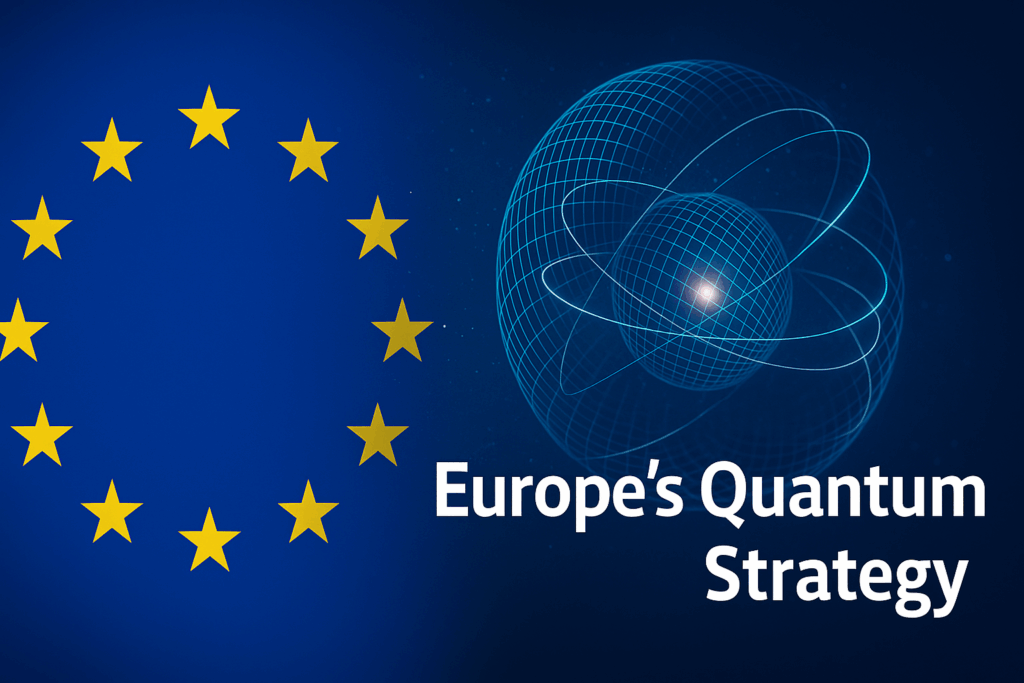Insider Brief
- University of Pittsburgh researchers discovered that a quantum dot emitter traps a large amount of energy.
- This is the first time a dipole has been studied on the inside.
- Researchers suggest that the work could contribute to developing high-speed single photon sources, a critical component needed in quantum photonics
PRESS RELEASE — We interact with bits and bytes everyday – whether that’s through sending a text message or receiving an email.
There’s also quantum bits, or qubits, that have critical differences from common bits and bytes. These photons – particles of light – can carry quantum information and offer exceptional capabilities that can’t be achieved any other way. Unlike binary computing, where bits can only represent a 0 or 1, qubit behavior exists in the realm of quantum mechanics. Through “superpositioning,” a qubit can represent a 0, a 1, or any proportion between. This vastly increases a quantum computer’s processing speed compared to today’s computers.
“Learning about the capabilities of qubits has been a driving force for the emerging field of quantum technologies, opening up new and unexplored applications like quantum communication, computing and sensing,” said Hong Koo Kim, Professor of Electrical and Computer Engineering at the University of Pittsburgh Swanson School of Engineering.

Quantum technologies are important for a number of fields, like for banks protecting financial information or providing researchers with the speed needed to mimic all aspects of chemistry. And through quantum “entanglement,” qubits could “communicate” across vast distances as a single system. Kim and his graduate student, Yu Shi, made a discovery that may help quantum technology take a quantum leap.
It begins with a single photon
Photon-based quantum technologies rely on single photon sources that can emit individual photons.
These single photons can be generated from nanometer scale semiconductors, more commonly known as quantum dots. Similar to how microwave antennas broadcast mobile phone signals, a quantum dot acts as an antenna that radiates light.
“By performing rigorous analysis, we discovered that a quantum dot emitter – or a nanometer scale dipole antenna – traps a large amount of energy,” Kim explained. “The outer regime operation of a dipole emitter is well understood, but this is really the first time a dipole has been studied on the inside.”
Photons from those quantum dots come out with handedness, like how we can be right- or left-handed. Quantum information is carried by this handedness of individual photons. As such, sorting them out to different pathways is an important task for quantum information processing. Kim’s team has developed a new way of separating differently-handed photons and efficiently harvesting them for further processing down the road.
“The findings of this work are expected to contribute to developing high-speed single photon sources, a critical component needed in quantum photonics,” Kim said.
The paper, “Spin texture and chiral coupling of circularly polarized dipole field,” was published in the journal, Nanophotonics. This work is being funded by the Office of Naval Research. (DOI:10.1515/nanoph-2022-0581)
If you found this article to be informative, you can explore more current quantum news here, exclusives, interviews, and podcasts.
















